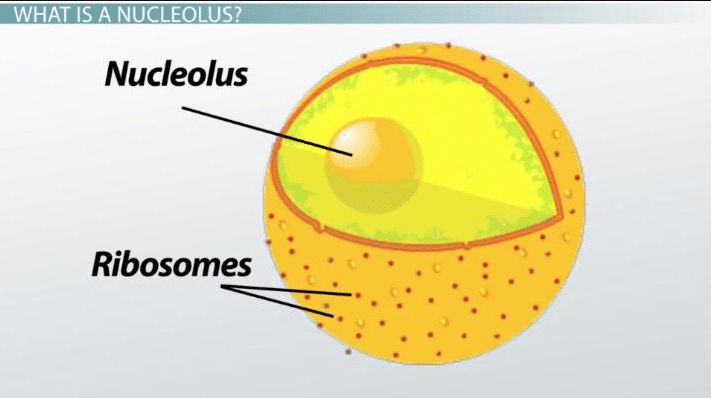

cyclic AMP in the maturation of Ciona intestinalis oocytes "Immature oocytes are arrested at prophase I of the meiotic process and maturation onset is indicated by oocyte nuclear disassembly (germinal vesicle breakdown or GVBD).See also the Discussion Page for other references listed by year and References on this current page. These papers originally appeared in the Some Recent Findings table, but as that list grew in length have now been shuffled down to this collapsible table. Search PubMed: Zygote Development | Zygotic Genome Activation More? References | Discussion Page | Journal Searches | 2019 References | 2020 References References listed on the rest of the content page and the associated discussion page (listed under the publication year sub-headings) do include some editorial selection based upon both relevance and availability. References also appear on this list based upon the date of the actual page viewing.The displayed list of references do not reflect any editorial selection of material based on content or relevance.
ZED NUCLEUS MANUAL
This search now requires a manual link as the original PubMed extension has been disabled.This table allows an automated computer search of the external PubMed database using the listed "Search term" text link. The expression of early lineage-specific genes can vary significantly between species, with implications for developmental control and stem cell derivation.We observed that the pluripotency-associated transcription factor OCT4 was initiated in 8-cell embryos at 3 days post fertilization (dpf) and is restricted to the inner cell mass (ICM) in 128-256 cell blastocysts (6dpf), approximately 2 days later than the mouse." Human embryos from zygote to blastocyst reveals distinct gene expression patterns relative to the mouse "Mammalian embryogenesis is controlled by mechanisms governing the balance between pluripotency and differentiation.Collectively, our data suggest that PLAG1 affects embryo development in mice and humans through a conserved DNA motif within Alu/B1 elements located in the promoters of a subset of ZGA genes." By gene ontology, the mouse and human ZGA genes with de novo PLAG1 motifs were involved in ribosome biogenesis and protein synthesis. Further, these mouse genes showed a significant overlap with genes upregulated during human ZGA that also contain the motif. The de novo PLAG1 motif was enriched in the promoters of the genes whose activation was delayed in the absence of Plag1. Heterozygous mouse embryos lacking maternal Plag1 showed disrupted regulation of 1,089 genes, spent significantly longer time in the 2-cell stage, and started expressing Plag1 ectopically from the paternal allele. We show that maternally provided Plag1 is needed for timely mouse preimplantation embryo development. This motif was located within an Alu element in a region that was conserved in the murine B1 element. We discovered a de novo DNA motif containing a PLAG1 binding site in the promoters of genes activated during zygotic genome activation (ZGA) in human embryos. Pleomorphic Adenoma Gene 1 Is Needed For Timely Zygotic Genome Activation and Early Embryo Development "Pleomorphic adenoma gene 1 (PLAG1) is a transcription factor involved in cancer and growth.Stage 1 Links: Zygote | Week 1 | Oocyte | Spermatozoa | Zona pellucida | Mitosis | Genetics | Human Genome | Mitochondrial Genome | Lecture | Medicine Practical | Science Practical | Stage 2ġ919 Human Ovum | 1944 Ova Maturation | 1944 In vitro fertilization | 1949 Early Ova | 1966 Pronuclear Stage | 1986 human oocytes in vitro Zygote Links: zygote Carnegie stage 1 | fertilization | Week 1 | morula | blastocyst | Assisted Reproductive Technology | SCNT | epigenetics | Category:Zygote This stage is followed by mitosis to form 2 blastomeres and then a solid cell mass called the morula. In humans, zygote stage of development occurs during the first day in week one following fertilization ( GA week 3) and is described as Carnegie stage 1. These two pronuclei contain the parental genomes and are reprogrammed separately, and also have different epigenetic changes at this early zygote stage. The first image shows the cell with the 2 pronuclei still present before fusion enclosed within the zona pellucida. The zygote will therefore form the conceptus, the embryonic (embryo, fetus) and extra-embryonic (fetal membranes, fetal component of the placenta) cellular products of fertilisation. The zygote is the first diploid cell that forms following fertilization by fusion of the haploid oocyte (egg) and spermatozoa (sperm) resulting in the combination of their separate genomes.


 0 kommentar(er)
0 kommentar(er)
